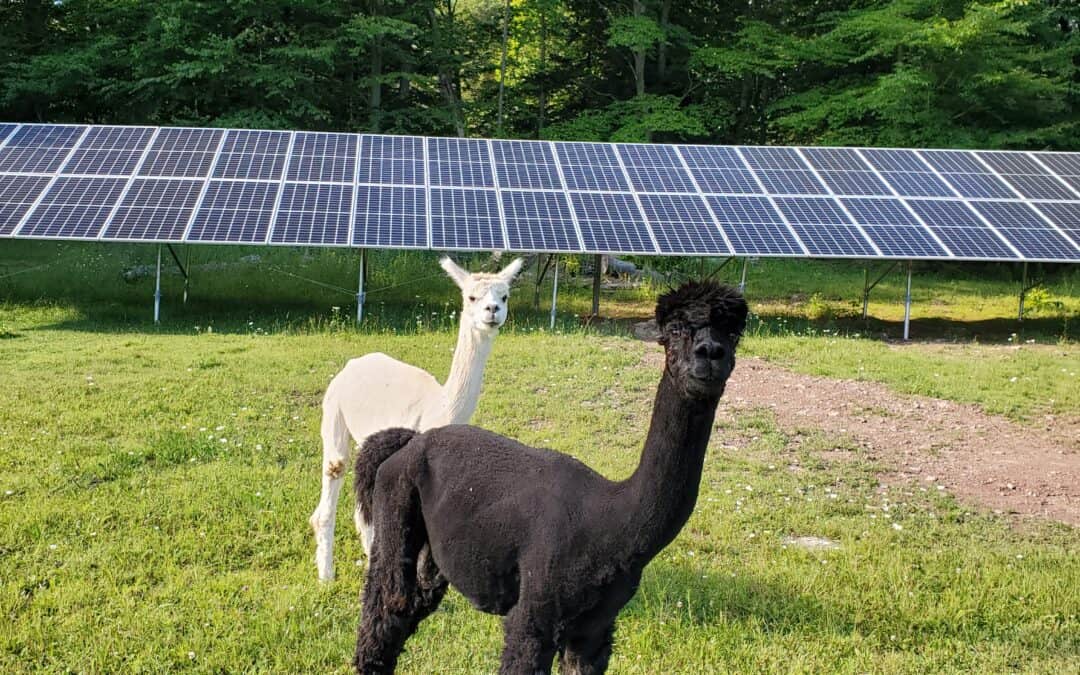Federal Funding Boost Energizes America’s Rural Electric Cooperatives
The Inflation Reduction Act earmarked $10.7B to make rural energy cleaner and more affordable. Now we have the details on how exactly the program will work.
America’s rural electric cooperatives, responsible for powering over 42 million people and covering a significant portion of the country, are set to receive substantial federal funding—a historic jolt reminiscent of the New Deal era. With the unveiling of two federal programs under the Inflation Reduction Act, which emphasize greenhouse gas reduction and improved energy affordability and accessibility, rural electric cooperatives have a wide-open opportunity to enhance their operations.
Empowering Rural America and Powering Affordable Clean Energy: The U.S. Department of Agriculture administers two programs: the New Empowering Rural America (New ERA) program and the Powering Affordable Clean Energy (PACE) program. These initiatives aim to build on the legacy of the Rural Electrification Act of 1936, which expanded electricity access from under 10% in rural America during the Great Depression to nearly every acre of the country today.
The New ERA program offers $9.7 billion in grants or loans, allowing applicants to receive up to 10% of the total amount, with direct grants limited to 25% of project costs. On the other hand, the PACE program provides $1 billion in low-interest loans, with the federal government forgiving up to 60% of the loan amounts.
Promoting Clean Energy Alternatives: Rural electric cooperatives have historically had a higher reliance on coal in their generation mix compared to investor-owned and municipal utilities serving more populated regions. However, these cooperatives collectively reduced carbon emissions by 23% between 2005 and 2020. Recognizing the need for clean energy alternatives, the programs enable cooperatives to explore wind power, solar power, hydropower, biomass, geothermal projects, and energy storage solutions.
Flexibility and Transformative Opportunities: Compared to larger utilities, electric cooperatives have greater flexibility in adopting clean energy alternatives and providing their customers with funding for efficiency measures, grid-responsive appliances, and access to distributed energy resources. The New ERA and PACE programs are seen as exciting and transformative opportunities for cooperatives and their communities, particularly in an increasingly electrified economy.
Selection Criteria: The U.S. Department of Agriculture will evaluate applications based on key metrics. First, greenhouse gas reductions will be a significant scoring factor, encouraging projects that contribute to environmental sustainability. Second, affordability will be another crucial consideration, ensuring that initiatives result in affordable and accessible energy solutions for rural communities.
Conclusion: The federal funding provided through the New ERA and PACE programs presents a significant opportunity for America’s rural electric cooperatives. With a focus on reducing greenhouse gas emissions, improving energy affordability, and enhancing access to clean energy alternatives, these programs empower cooperatives to drive positive change in their communities. By embracing renewable energy sources, energy storage, and efficiency improvements, rural electric cooperatives can play a pivotal role in shaping a cleaner and more sustainable energy future for rural America.

Rural electric cooperatives serve only about 12 percent of the U.S. population, but their territories cover a majority of the country’s land. (National Rural Electric Cooperative Association)
Contact us today for more info: https://www.envinity.com/contact-us/


Recent Comments